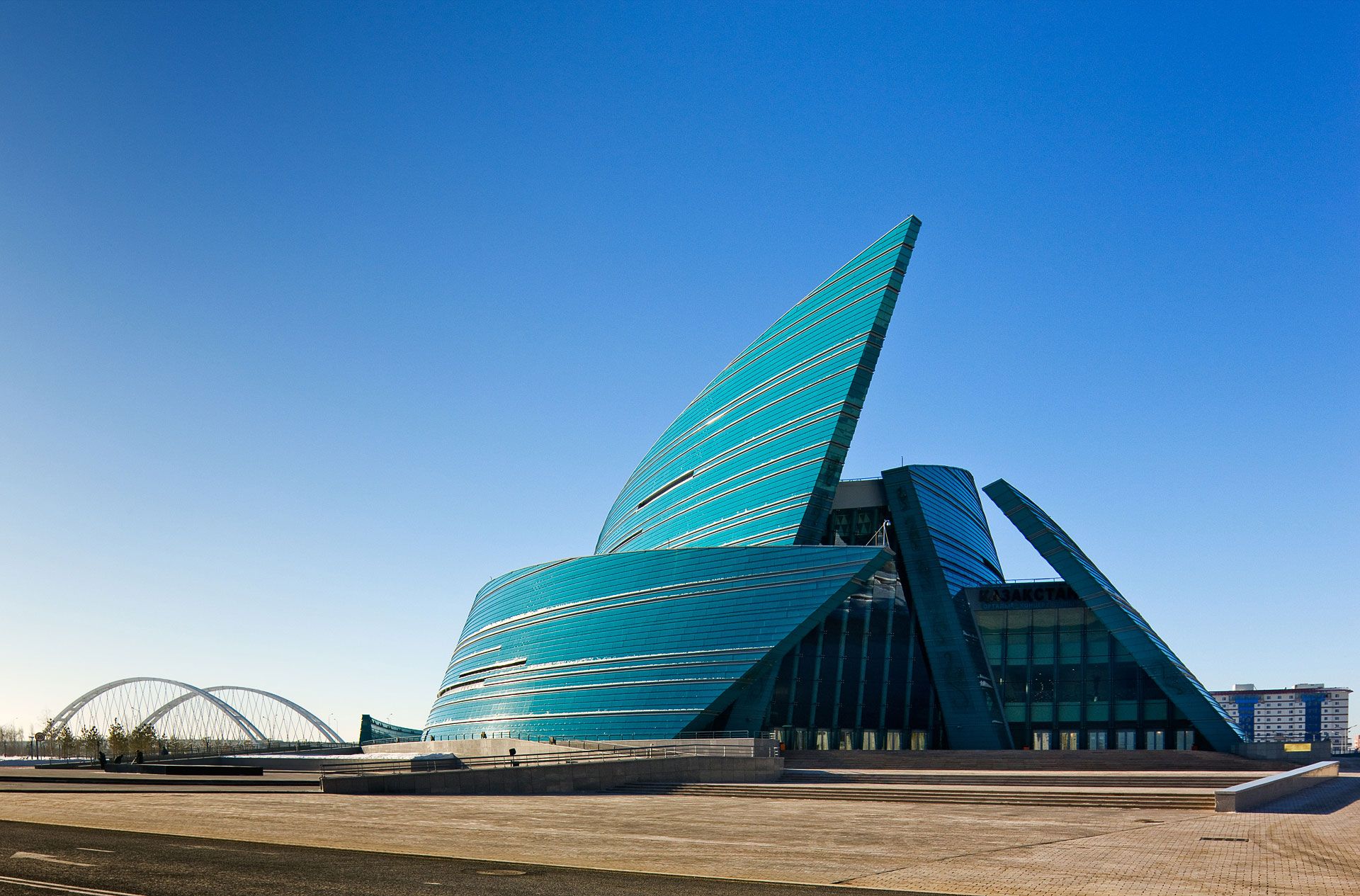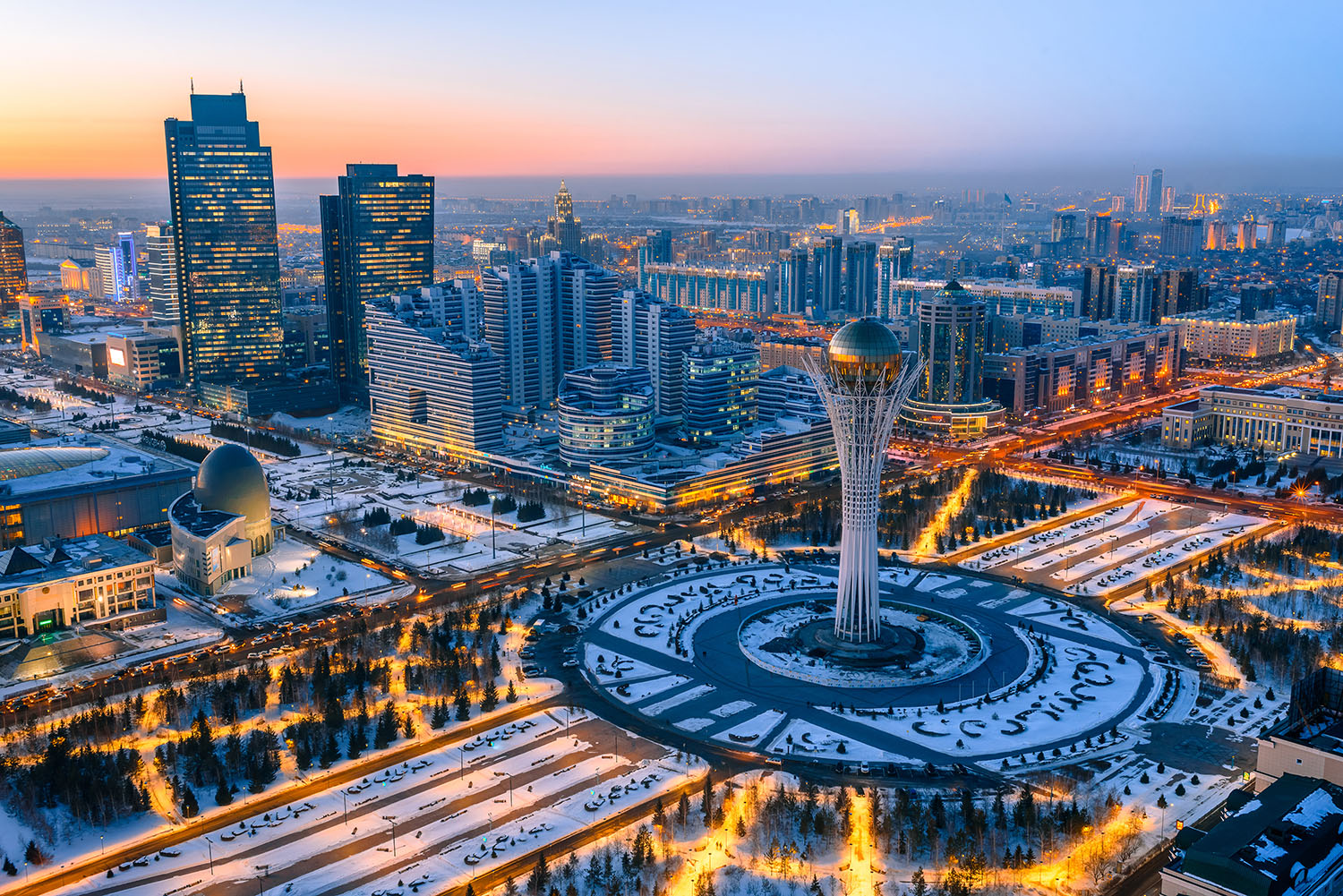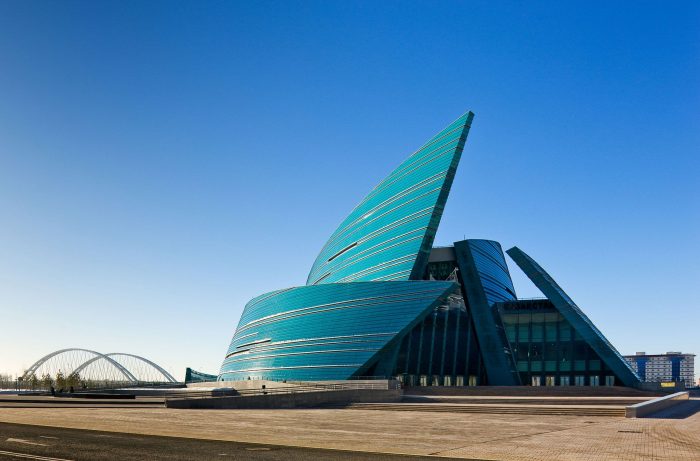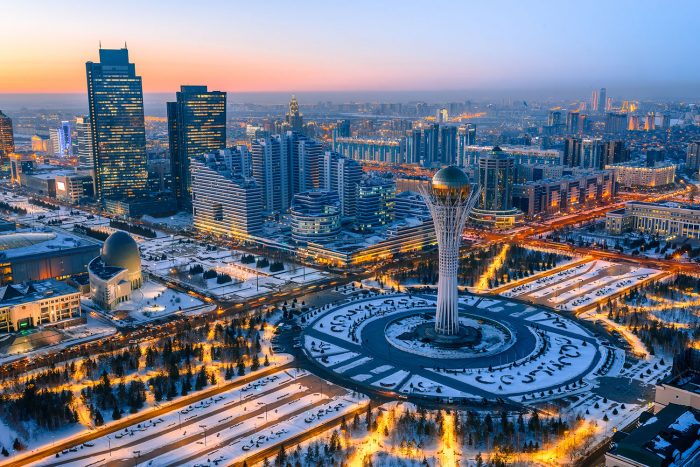The City of Expo 2017: Astana’s Extraordinary Architecture in Time-lapse Video
Kazakhstan, a substantial Asian country about the size of Western Europe, was part of the Soviet Union until it declared independence in 1991. The country’s flat lands have been the testing grounds for the Soviet Union’s nuclear weapons and space travel program.
Following its independence, the oil-rich country has managed to grow thanks to the oil agreements and industry profits economically. That was when it was decided that the country’s capital would be moving from Almaty in the South to Astana in the North.
In 1997, Astana became the country’s official capital city. Though the location of the new capital, far away from the populated land, may seem questionable, logical strategic, and geological reasons were given for such a step.
Astana, meaning ‘capital’ in Kazakh, was meant to reflect the country’s growing economy and the recently slightly growing population. It was master planned by the renowned Japanese architect Kisho Kurokawa. The city’s post-modern architecture, clad in white, gold, and reflective glass, resembles a future city from a science fiction movie. Famous architects have been commissioned to design some of the city’s landmarks.
One of these architects is Norman Foster, who has designed the city’s iconic Bayterek, a 105-meter-high tower that resembles a golden egg on a tree, inspired by a local legend. However, it is thought that the idea initially belonged to the Kazakh president Nursultan Nazarbayev. Norman Foster has also designed the Palace of Peace and Reconciliation, a 60-meter-high pyramid glass, and the Khan Shatyr Entertainment Center, a 150-meter-high transparent tent covering numerous entertainment facilities and spaces.
Besides Foster’s architecture, the city is an open exhibition of post-modern architecture. Among its distinct buildings are the two golden towers known as ‘the beer cans,’ which give the city an almost symmetric look when observed from the plaza of the Ak Orda presidential palace, centered by the Bayterek at the far end.
There are also the Triumph of Astana, a 39-floor mixed-use building modeled after Russia’s Seven Sisters skyscrapers, the Metropolitan Circus, which resembles a UFO landed on the grounds of Astana, and the Central Concert Hall designed by Italian architect Manfredi Nicoletti. The list of Astana’s potentially iconic buildings goes on and on.
The city’s architecture may seem to be all over the place. Still, there is the argument that, against how it looks, the entire town is somehow connected by cultural and traditional references. The local architect Serik Rustambekov has explained that to CNN: “You need to understand the Kazakh background to get a better picture of our world view. We’re a nomadic civilization that developed over thousands of years in the vast expanse of Eurasia. Free space is more impressive to the Kazakh mindset than the type of congestion found in many European centers.”
Well, now you can experience the controversial but exciting architecture of the city through the time-lapse video above, photographed by Pavel Tenyakov and assisted by Elijah Tenyakov. According to the photographer, this video showcases “the modern design and Asian color of urban architecture,” which characterizes the unique style of Astana, “the city of the Future.” The video is meant to welcome the visitors of Astana, which will be hosting the “Future Energy” Expo 2017 between June 10 and September 10.





